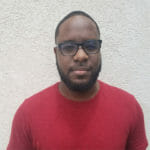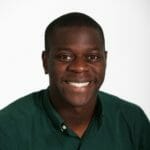,
Product Discovery
AUG 7, 2020
Here Be Dragons – Product and Discovery, by Randy Silver
Recommended

21:26
Using discovery methods to create products that people actually want by Jenny Shirey

38:49
Get innovation-ready, your product manager is on fire! by Julia Shalet

45:05
From pandemic to pingdemic – Building through uncertainty

51:54
Getting to a team-based approach to continuous discovery by Teresa Torres










